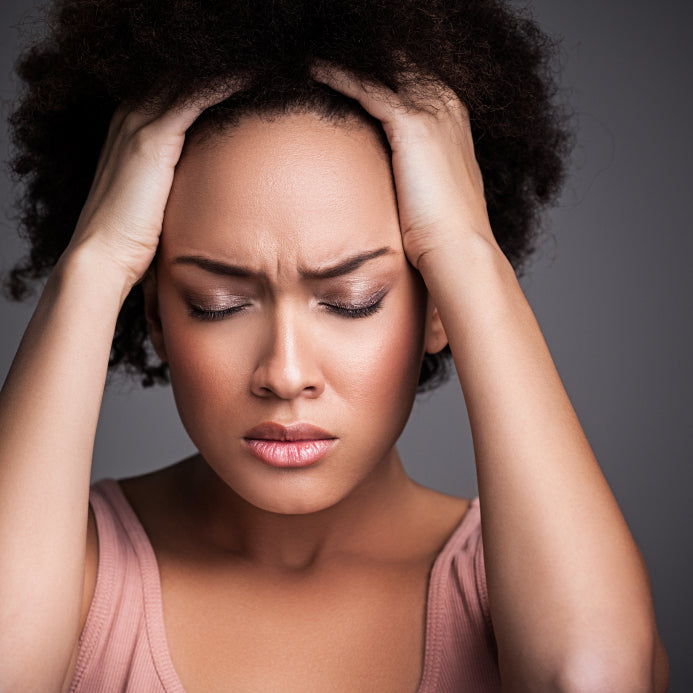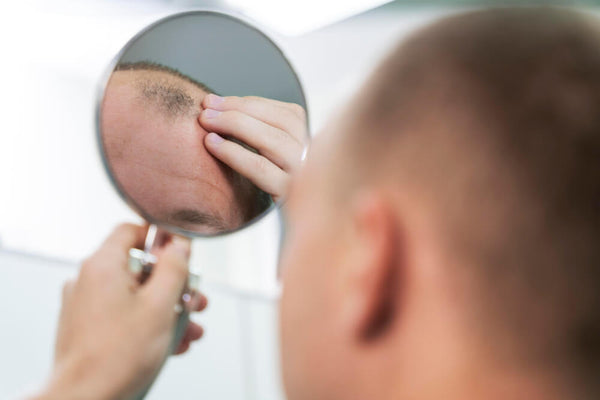A Closer Look At Trichotillomania
Trichotillomania, otherwise known as “hair-pulling disorder,” is a mental disorder that makes it quite difficult for you to keep your hands from pulling at your beard, eyebrows, eyelashes, pubic hair, and scalp.
While it’s an obsessive-compulsive disorder [OCD], it was recently grouped under the same family with nail-biting and skin picking [aka body-focused repetitive behaviors].
In cases where you keep pulling at your scalp, it leaves you with patchy bald spots that lead to distress and interferes with your self-image, social, and/or work functioning.
Common Symptoms of Trichotillomania
The most common symptoms are:
- Constant pulling of hair, especially from your scalp
- A high feeling of tension before pulling and a sense of pleasure after pulling
- Shortened/thinned hair or bald areas on the scalp or other body parts, including scanty eyelashes or eyebrows
- Biting, chewing, or eating pulled-out hair [trichophagia]. This is quite dangerous because hair is indigestible and could build up into a hairball in the stomach, irritate its lining, and cause severe ulceration.
- Playing with pulled-out hair and/or rubbing it across lips or face
Trichotillomania is usually a combination of genetic and environmental factors. It develops just before or during the early teens and remains for a lifetime.
Infants are also prone to this hair-pulling condition, while women are more likely to develop this condition than men.
People with trichotillomania may have other disorders like depression, anxiety, or obsessive-compulsive disorder (OCD). This is treated with psychotherapy [cognitive-behavior therapy, medications, support groups, alternative therapies, etc.]

What You Can Do About This Hair-pulling Condition
Since trichotillomania is an underlying indicator of a psychosomatic disorder, we recommend every patient to go for counseling. Counseling sessions will help get rid of the initial stages of the hair-pulling habit.
If needed, supplements are given to help boost hair regrowth.
Here at Nina Ross, we follow a specific approach towards treating trichotillomania and provide a holistic approach to hair growth:

- We carry out a detailed case study to understand your stress levels. Based on what we gather, we can create a personalized treatment plan for trichotillomania.
- We run a clinical examination to expose the rough patches of hair loss and observe the exact pattern of hair-pulling.
- Then, we disclose and explain the results of our findings to you. This way, we’ll also explain what you need to do to curb the habit.
- Next, we administer simple proteins to activate hair regrowth, reduce your stress levels and deal with the hair-pulling habit.
- Finally, we tell you what you need to avoid and get your family involved for support.
It’s time to say goodbye to your hair-pulling habit. Book a consultation now to discuss your hair problems.














